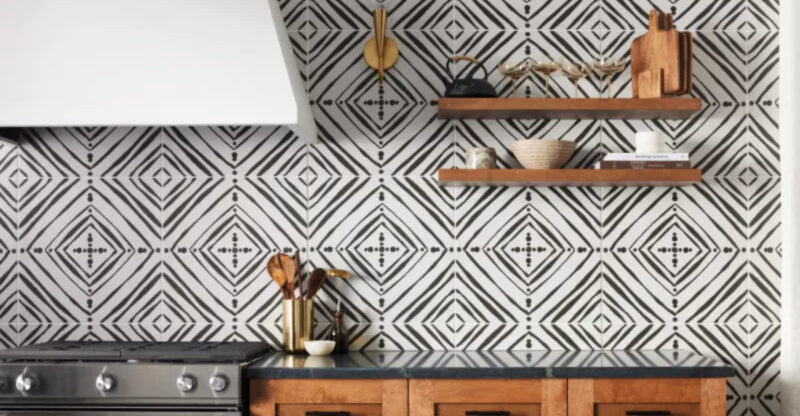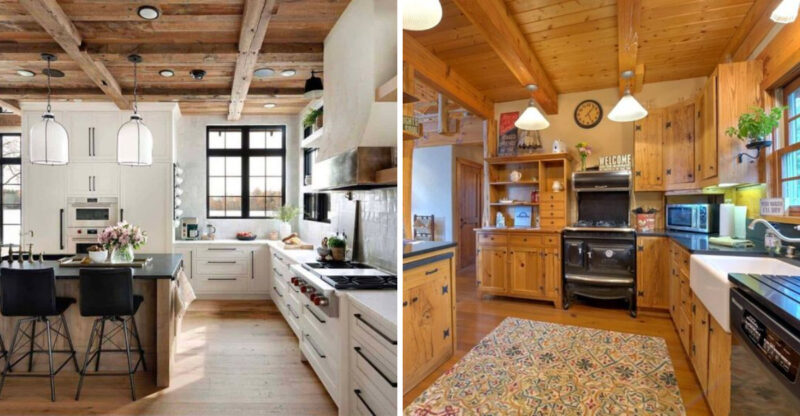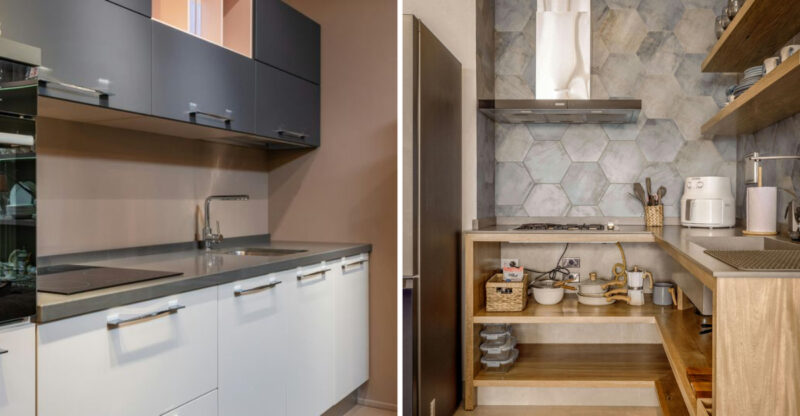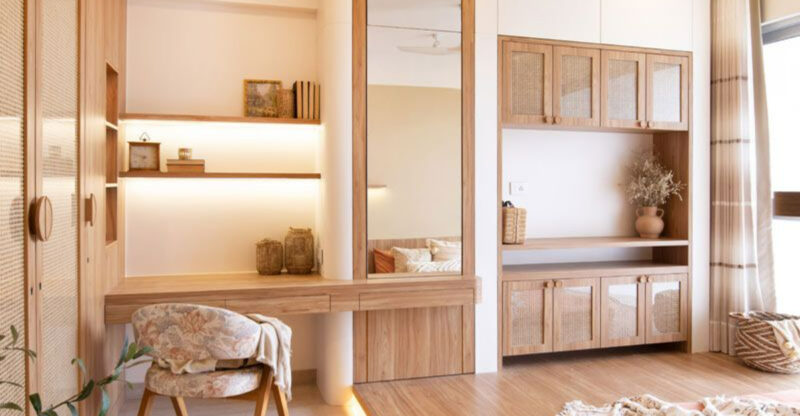7 Reasons Your Kitchen May Not Be As Neat As You Think
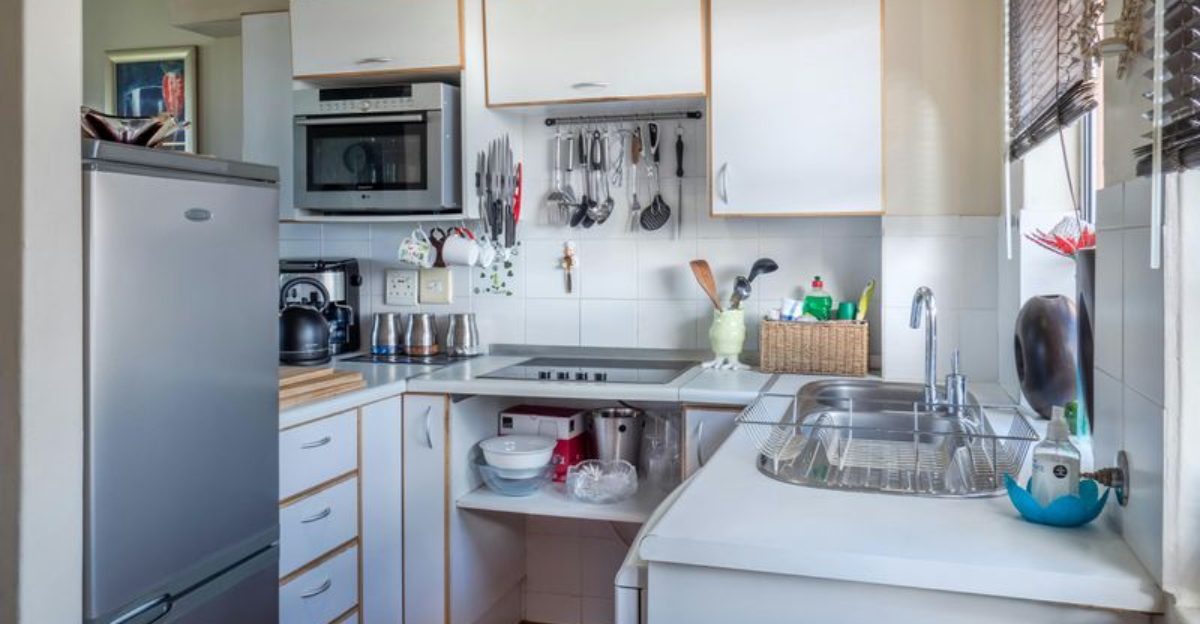
We often assume our kitchens are spotless until we take a closer look. Even when countertops gleam, clutter can hide in drawers, cabinets, and overlooked corners.
A well-organized kitchen not only makes cooking more efficient but also reduces stress and keeps mealtime enjoyable.
While these tips work for many, results may vary depending on your kitchen’s layout and habits. Here are some surprising reasons your kitchen might not be as tidy as you think.
1. Cluttered Countertops With Unused Appliances
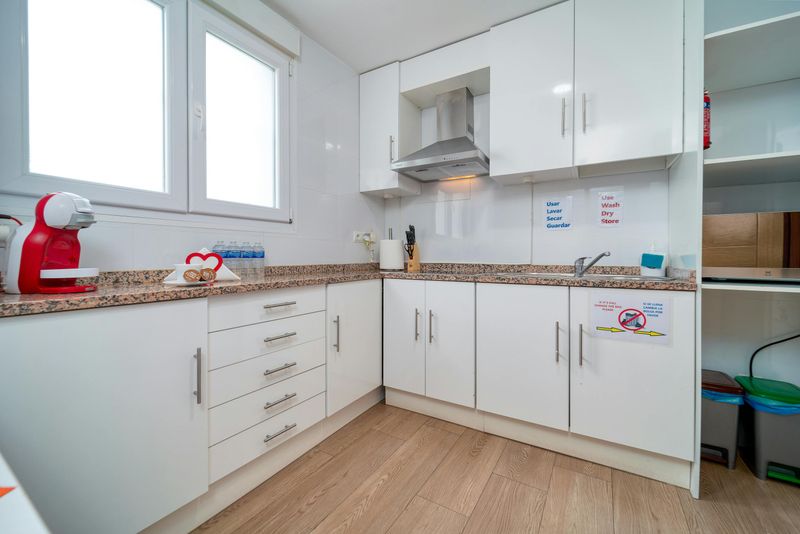
Small appliances you rarely use are stealing valuable counter space. That bread maker from three years ago? The pasta machine used once? They’re collecting dust and making your kitchen look messy.
Try this simple rule: if you haven’t used an appliance in six months, store it away in a cabinet. Keep only daily essentials like coffee makers visible. Your kitchen will instantly feel more spacious and organized.
Consider rotating seasonal appliances instead of displaying everything at once. The slow cooker can hibernate during summer, while the blender takes a break in winter. This rotation system keeps counters functional without sacrificing convenience.
2. Cabinets Filled With Mismatched Containers
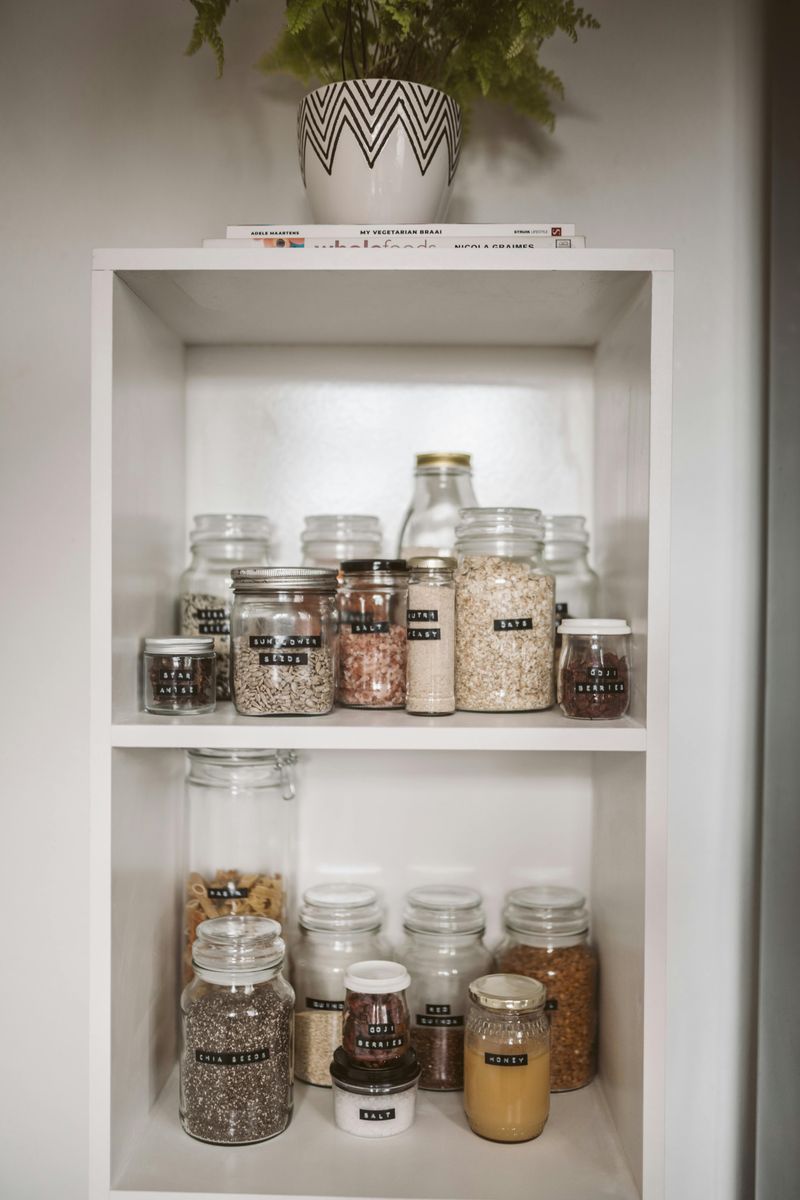
Opening your cabinet unleashes an avalanche of plastic containers and lids that never seem to match. The frustrating hunt for the right lid wastes precious minutes every time you need to store leftovers.
Mismatched storage containers create unnecessary chaos. Take an afternoon to sort through everything, keeping only containers with matching lids. Invest in a stackable set with uniform sizes that nest together when empty.
Many people find that clear containers work best since you can see what’s inside without opening them. Store lids vertically in a separate organizer or attach them to their matching containers to prevent the dreaded lid hunt.
3. Drawers That Are Overstuffed And Hard To Close
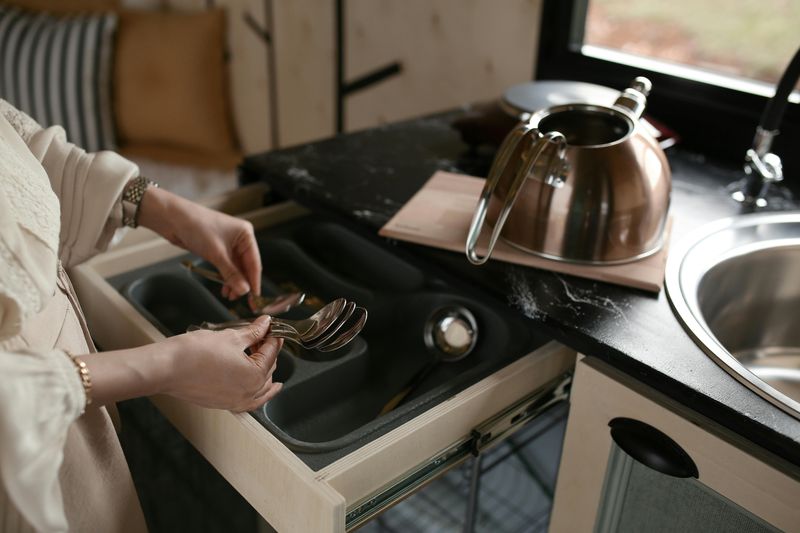
If you struggle to open and close your kitchen drawers smoothly, you’re dealing with the classic overstuffed drawer syndrome. Jamming utensils, gadgets, and miscellaneous items into drawers creates a frustrating daily experience.
Drawer dividers can transform chaos into order quickly. Start by emptying each drawer completely and sorting items by frequency of use. Be ruthless about discarding duplicates or rarely-used gadgets.
When organizing drawers, group similar items together cooking utensils in one section, measuring tools in another. This approach not only makes drawers easier to close but also helps you find exactly what you need without digging through a jumbled mess of kitchen tools.
4. Pantry Items Not Organized By Type Or Size
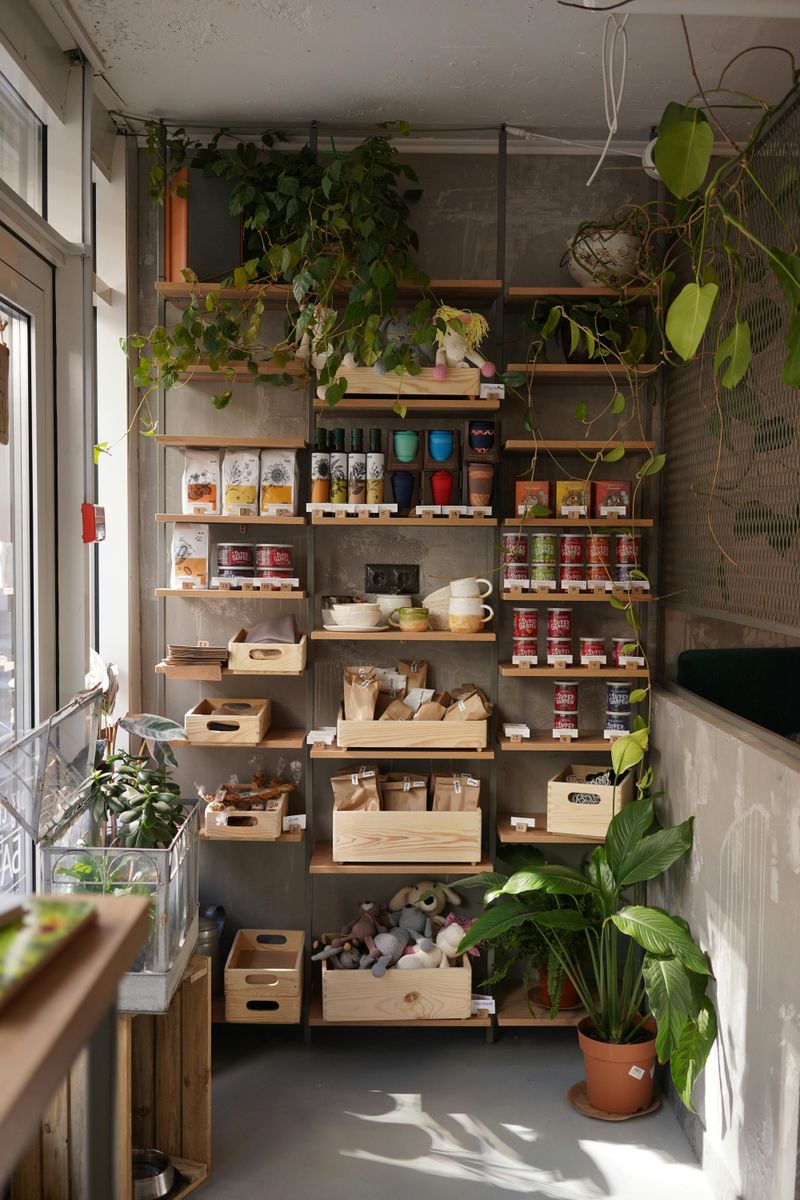
Random arrangement of pantry items leads to forgotten purchases and expired food hiding in back corners. When cans, boxes, and bags are scattered without logic, you’ll likely buy duplicates because you can’t see what you already have.
Group similar items together baking supplies in one zone, canned goods in another, and snacks in their own area. Use clear containers for bulk items like flour, sugar, and pasta to maintain freshness and create visual harmony.
Implementing a “first in, first out” system prevents food waste. Place newer purchases behind older ones so you use items before they expire. This simple habit, combined with regular pantry inventory checks, will save money and reduce clutter dramatically.
5. Junk Mail Or Random Papers Left On Counters

Paper clutter accumulates faster than almost any other kitchen mess. Bills, school notices, catalogs, and random notes create visual noise that makes even a clean kitchen look chaotic.
Creating a dedicated paper-processing station keeps counters clear. Use a small basket or wall-mounted organizer to collect incoming mail and papers until you can sort them properly. Make it a habit to handle each paper only once either file it, act on it, or recycle it immediately.
Digital solutions can drastically reduce paper influx. Sign up for paperless billing, unsubscribe from physical catalogs, and use note-taking apps instead of paper scraps. The less paper that enters your kitchen, the less you’ll need to manage.
6. Fridge Shelves Crammed With Expired Items
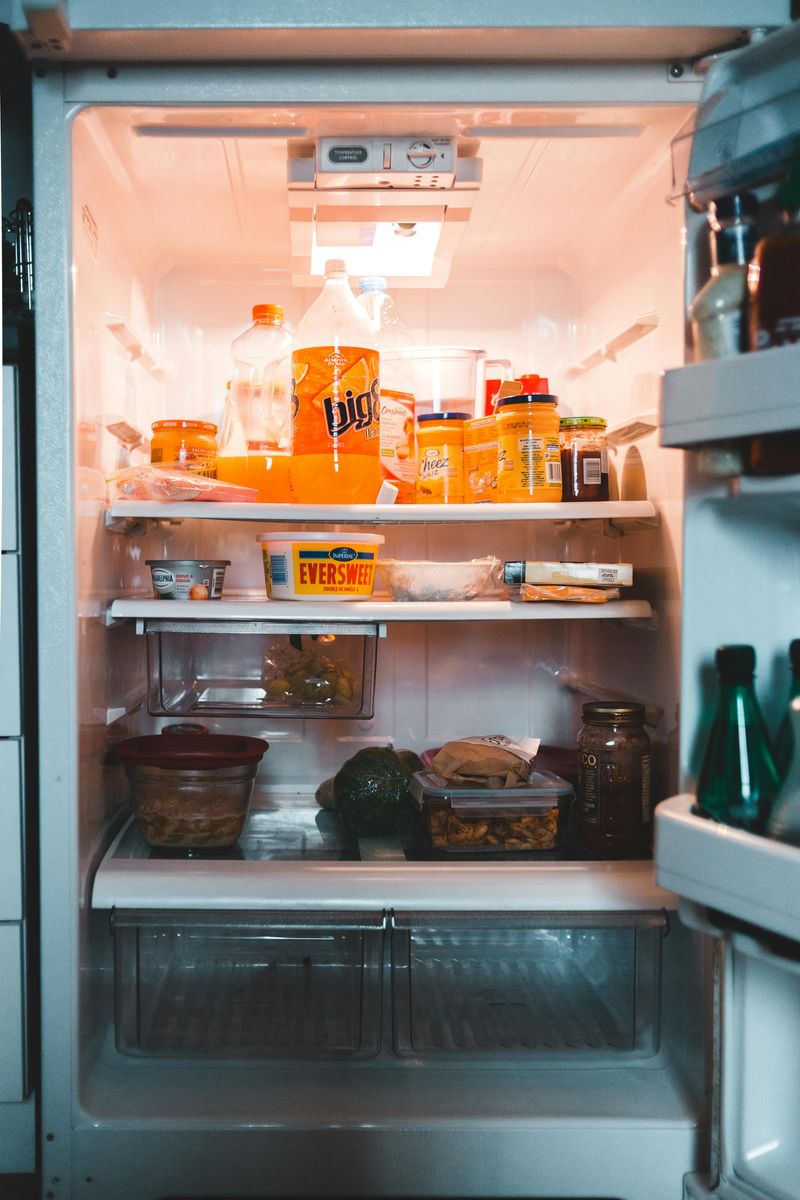
Behind that seemingly organized refrigerator door lurks a common problem shelves packed with forgotten leftovers and expired condiments. The mysterious container from three weeks ago has now become a science experiment in the back corner.
Weekly fridge audits prevent this creeping clutter. Before grocery shopping, take ten minutes to check expiration dates and toss anything past its prime. Use clear containers for leftovers and always label them with the date.
Arranging fridge contents by category makes everything more accessible. Designate specific areas for dairy, produce, meats, and leftovers. Some organized homes even use bins labeled by expiration date items that need to be used within 1-2 days go in the front bin, longer-lasting items toward the back.
7. Open Shelves That Collect Dust And Clutter
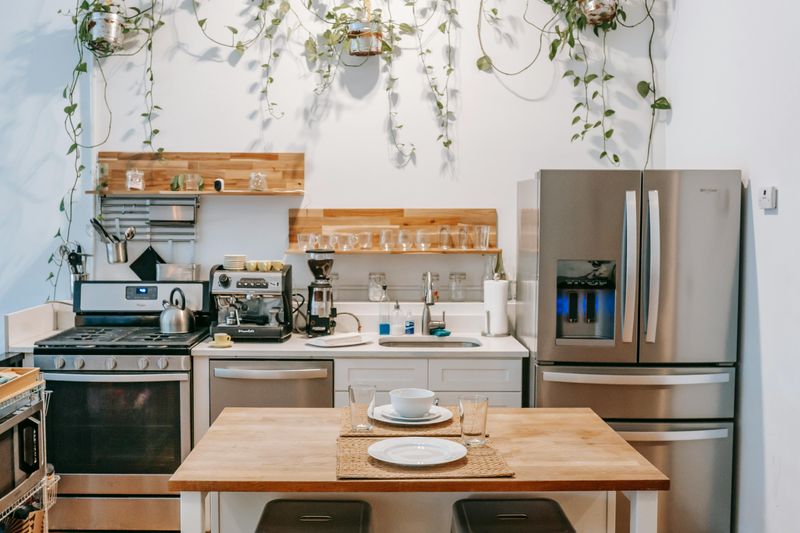
Those trendy open shelves displaying your dishware might be secret clutter magnets. While they look beautiful in magazines, real-life open shelving often becomes a catch-all for mismatched glasses, rarely-used serving pieces, and decorative items that collect dust.
Limiting items on open shelves to things you use daily keeps them practical. Choose a cohesive color scheme and stick to it for visual calm. Remove anything that doesn’t serve a purpose or bring you joy.
Regular dusting is essential for open shelving. If you find yourself avoiding this chore, it might be a sign you have too many items displayed. The most successful open shelving strikes a balance between function and beauty showcasing beautiful everyday items rather than storing rarely-used specialty pieces.

